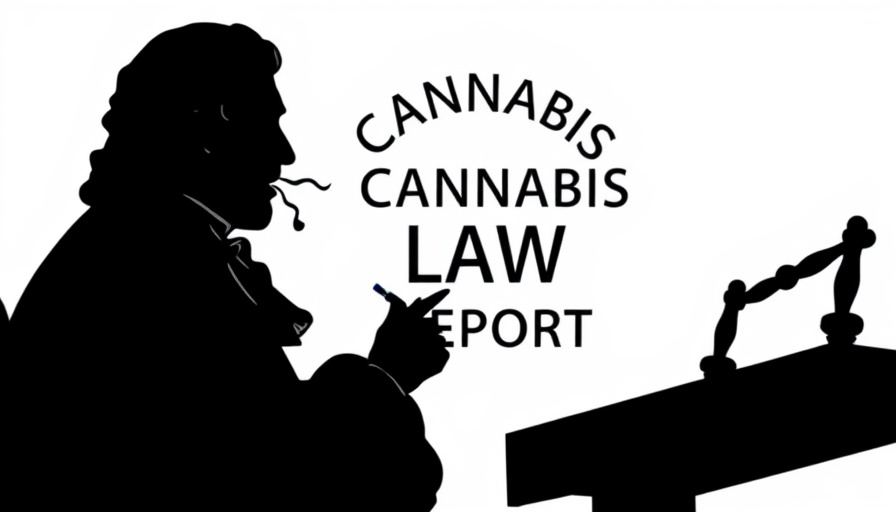
The Discovery of a Multi-Million Dollar Cocaine Shipment
Recently, the Australian Federal Police (AFP) stumbled upon a narcotics seizure that has captivated not just law enforcement but also the local community. In a shipping container that had made its way to Port Botany in Sydney from the United States, authorities found 80 kilograms of cocaine, worth an astonishing $26 million. This alarming finding raises crucial questions about drug trafficking methods and community awareness.
A Community Involvement Call to Action
As the AFP continues to investigate this high-stakes case, they are officially reaching out to the public for assistance. Eyewitnesses or individuals who may have information about this criminal syndicate are encouraged to share their insights. The call for help illustrates the increasing significance of community vigilance in combating drug crime. Public awareness acts as an essential tool for law enforcement in this pursuit, potentially uncovering leads that could dismantle operations like the one that brought this cocaine shipment to Australia.
Understanding Drug Trafficking Trends
The involvement of a shipping container as the vehicle for such a large drug shipment is a troubling sign of evolving trafficking strategies. Typically, smugglers utilize sophisticated methods to bypass detection by authorities. This incident underscores the importance of continuous upgrades in surveillance technology, such as x-ray machines, which alerted authorities to the anomalies within the shipping container.
Consequences for Communities and Individuals
While the large quantity of cocaine may seem like a far-off concern, its implications hit closer to home. Drug trafficking can have devastating effects on local communities, contributing to issues like addiction, crime, and societal destabilization. Awareness and involvement in preventing drug smuggling can help mitigate these risks, fostering a healthier, safer environment for all residents.
Collaborative Efforts to Combat Drug Crime
The arrest and prosecution of those involved in such drug syndicates require collaboration that extends beyond the police force. Local government, healthcare providers, and community organizations must work together to address the root causes of drug-related crime and create an informed, resilient community. Educational programs focusing on substance abuse can empower residents to take an active stand against drug-related activities.
The Bigger Picture in Drug Policy
As discussions surrounding drug legalization and regulation gain momentum, this incident serves as an important reminder of the complexities involved in drug control. The evolving landscape of the cannabis industry and associated state laws highlights the ongoing debate about public health, safety, and criminal justice. Understanding these dynamics can help communities navigate the challenges presented by illicit drugs while advocating for policies that prioritize their safety and well-being.
In closing, the AFP’s call for public assistance in addressing this cocaine seizure reflects a need for increased community engagement in tackling drug trafficking. Residents are encouraged to remain vigilant and informed, as their collective awareness and action can significantly impact the fight against the illicit drug trade.
 Add Row
Add Row  Add
Add 




Write A Comment